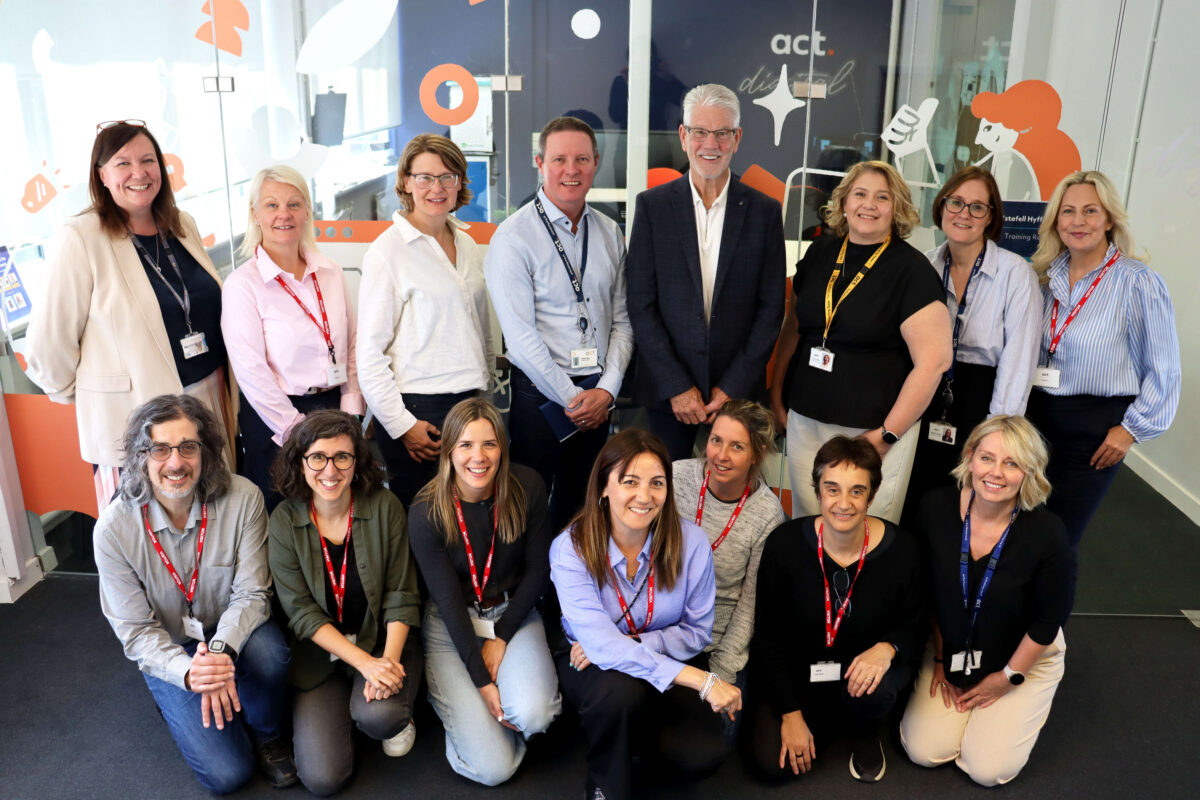Investing in Female Innovators this International Women in Engineering Day

We’ve heard it time and again, “we’ve come so far towards gender equality in the workplace”, but the reality is we haven’t come close enough. Women remain underrepresented and underpaid in STEM careers and, as of last year, women only made up 16.5% of the engineering workforce.
While we should, of course, be proud of the progress made and raise up female role models, it’s important to stay level-headed and remember that there is still considerable work to be done.
This International Women in Engineering Day, FE News spoke to several industry experts to gain their insight and advice for bringing women into the world of engineering.
Starting in school
For many women, by the time they reach adulthood and higher education they have already become excluded from many of the traditional avenues into engineering. So, one of the most important first steps we need to take is encouraging women at an early age. “Studies have shown that gender stereotyping starts as early as primary school age where books and language begin to shape how girls and boys “should” think, look, and behave”, explains Nicola Aitken, Microsoft Business Manager at Ascent. “They pick up cues from the language they hear, the images they see and the expectations placed on them. Their family and friends, the media and familiar settings such as their playgroup will all influence how children interpret gender”.
Agata Nowakowska, AVP EMEA at Skillsoft, continues, “the onus should be on finding new ways to keep girls engaged in STEM subjects throughout their academic career by providing them with the opportunity to build their skills — for example, by developing websites, learning to code, or using robotic toys”.
“Organisations can do something with and through schools, helping to change some of the systemic problems”, agrees Lesley Dean, Director, Enablement & Learning at Fluent Commerce. “Actively seeking to hire more women engineers, contribute scholarships, and encourage their women engineers and leaders to share their stories, and talk more about the great things they are doing in their company, will also help to address this balance”.
The right role models
Having the right initiatives in place to encourage young girls is only half the battle, they also need to be able to see themselves represented. Role models are invaluable in this regard. As the famous saying goes – children are great imitators, so give them something great to imitate.
“More female role models are needed to shift perceptions, and practical measures, such as training and internship opportunities, can assist to develop a positive image of the Tech industry as a pleasant and productive place to work”, argues Svenja De Vos, CTO, Leaseweb Global. “As our world becomes increasingly defined by technology, now is the time for the tech industry to create and elevate more female role models who can inspire young girls to follow in their footsteps”.
Olga Ivanova, Senior Product Manager at Plutora, expands on this: “Having good role models is vital for anyone considering a job in our field as we’re able to show that it is being done, and women shouldn’t ignore roles such as these as viable and rewarding career choices. It’s also a win-win scenario for businesses with a more even balance of men and women, with multiple studies suggesting that a mixed gender group brings more diverse thinking to any project, than a group that is predominantly male or female”.
Forging new paths
After school, one of the major obstacles that prevent women entering the workplace is that, historically, the pathways into the field were not forged with gender inclusivity in mind. Doviana Tollaku, Operations Manager at Glasswall, explains, “Engineering is a very rewarding sector that offers many avenues to grow, learn and progress, whilst also offering flexibility and variety. This should be appealing to women as much as men, but it remains a very male-dominated field. Part of this reason is likely the discriminatory nature of hiring within the sector — a lot of job postings are clearly written to attract men, which can, of course, be off-putting to women when applying for engineering jobs”.
“It is not just about academic success”, continues Hugh Scantlebury, CEO and Founder of Aqilla. “There are many opportunities to encourage women into the industry without formal academic qualifications. Businesses should try to ensure they are championing women who have practical experience or simply a passion and natural affinity for engineering — and support them in their careers as engineers too. There’s more than one path to success in this sector, and we should be open to them all”.
Championing diversity
It’s no secret that there is an ongoing global talent shortage and this is felt especially deeply in the STEM industry. “In fact, 49% of companies reported a lack of engineering skills in the labour market, yet just 16.5% of engineers are women”, highlights Samantha Thorne, Head of People at Node4. “Reaching out to women and girls about the opportunities available to them in the sector is a critical part of closing the skills gap and encouraging a more diverse workforce”.
But, diversity in the workforce can achieve far more than just a narrowed talent gap. “It has been well documented that different perspectives support better innovation”, says Ronit Polak, vice president of engineering, Exabeam. “When individuals within an engineering team all look the same, act the same, and come from the same backgrounds, end users may not find unique or better solutions. Encouraging women at a young age to pursue engineering provides varied perspectives to attract various customers. On this International Women in Engineering Day, I hope company leaders and educational institutions commit to paving the way for a more equal engineering environment”.
Fiona Hood, Director of Presales at Totalmobile, agrees, “bolstering a workforce with team members that represent different backgrounds, genders, and ethnicities is not only beneficial to the groups themselves but is also hugely beneficial to the overall organisation too. Diverse groups are vital to promoting the sharing of different ideas, which ultimately leads to faster and better development. Recent research by McKinsey & Company also found that companies with more diverse top teams were also top financial performers.
“Unfortunately, there is no one, simple solution when it comes to achieving gender parity in the engineering field, but there are practical steps that companies can implement to bring us closer. For example, introducing flexible working hours to aid working parents, involving women in the recruitment process, supporting pay transparency, and encouraging female role models by intentionally appointing highly qualified women to your executive team, all contribute to supporting women in any workplace”.
Onwards and upwards
Latika Joshi, Software Development Manager at Cubic Transportation Systems, concludes: “The theme for this year’s International Women in Engineering Day, #InventorsandInnovators, looks to the future female engineers who will continue to change the industry and world. It’s important that girls understand all the sector has to offer, and aren’t deterred by outdated preconceptions. My advice for women looking to join or grow in the field: Believe in yourself, even if people say otherwise. Find mentors and learn from them. Work smartly, and as they say: “Don’t seek perfection, seek progress”.











Responses